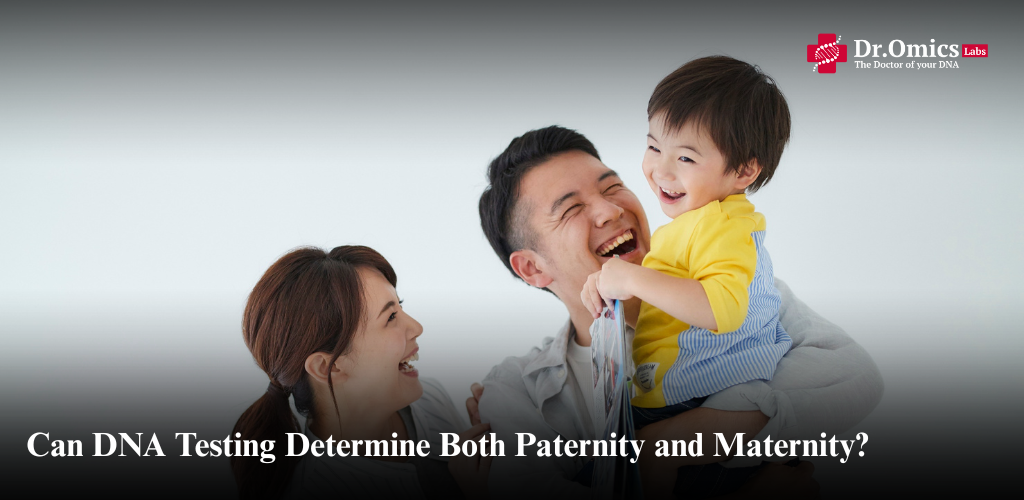In the age of genetic science, questions about biological relationships can now be answered with remarkable precision. While paternity testing is widely known and commonly used to establish a father’s biological connection to a child, many people wonder—can DNA testing also determine maternity?
The answer is a resounding yes. A maternity DNA test is just as scientifically accurate and reliable as its paternity counterpart. Whether due to adoption, hospital mix-ups, immigration cases, or personal doubts, confirming a biological relationship with a mother is not only possible but increasingly accessible.
Paternity vs. Maternity Test: What’s the Difference?
Though they serve a similar purpose, there are key differences between paternity vs. maternity tests. Both types of tests analyze a child’s DNA and compare it to a potential parent’s DNA to confirm or exclude a biological relationship. The process is identical in methodology, but the parent in question differs—father for paternity, mother for maternity.
While paternity tests are more common due to social and legal circumstances, maternity testing plays a critical role in certain situations, especially where doubt exists about the mother-child connection.
When Is a Maternity DNA Test Needed?
A mother-child DNA test might be requested or required in several contexts:
- Adoption reunions: Confirming biological ties between a mother and a child who were separated.
- Immigration cases: Proving familial relationships for legal residency applications.
- Hospital identification errors: Verifying maternity if there’s concern about a newborn being switched at birth.
- Surrogacy or IVF: Confirming the child’s genetic origins when donor eggs or embryos are involved.
In each of these cases, a maternity test provides peace of mind and legal validation where necessary.
How DNA Tests Work for Verifying Biological Parents
Verifying biological parents—both mothers and fathers—relies on comparing genetic markers passed down from parent to child. Every individual inherits half of their DNA from their mother and half from their father. A DNA test looks at specific regions in the genome to find these matches.
If all maternal or paternal genetic markers line up, the likelihood of a biological relationship is extremely high (usually 99.99% certainty for inclusion). If they don’t, the test can conclusively exclude the individual as the biological parent.
Whether you’re taking a paternity or maternity test, the accuracy is equally strong—as long as the lab is accredited and uses validated methods.
Mother-Child DNA Test Process
The process for a mother-child DNA test is simple and non-invasive:
- Sample Collection: Typically done via cheek swab from both the mother and the child.
- Laboratory Analysis: The samples are analyzed for shared genetic markers.
- Results: Results are usually available within a few business days, with conclusive outcomes.
Legal testing may require a strict chain of custody and identification, while at-home kits are available for informational purposes.
Conclusion: DNA Can Confirm Both Paternity and Maternity
In conclusion, DNA testing is a powerful tool that can definitively determine both paternity and maternity. Whether you’re exploring your family roots, navigating legal documentation, or resolving personal questions, verifying biological parents through genetic testing offers clarity and confidence.
As technology advances and the demand for accurate family verification grows, more individuals are turning to both paternity and maternity DNA tests for answers. With science on your side, the truth is just a swab away.




